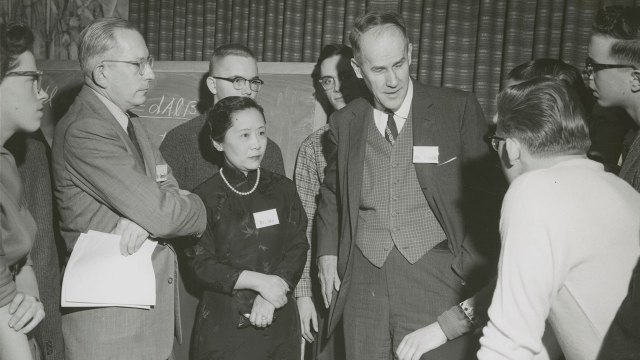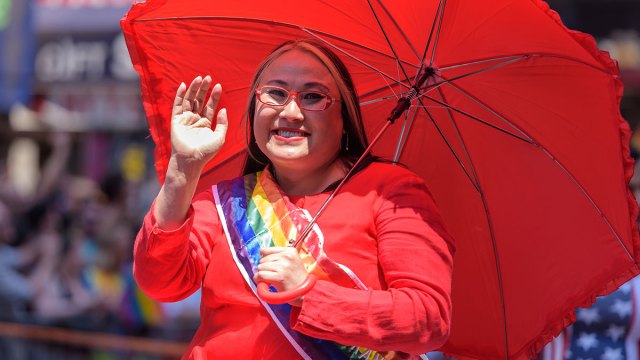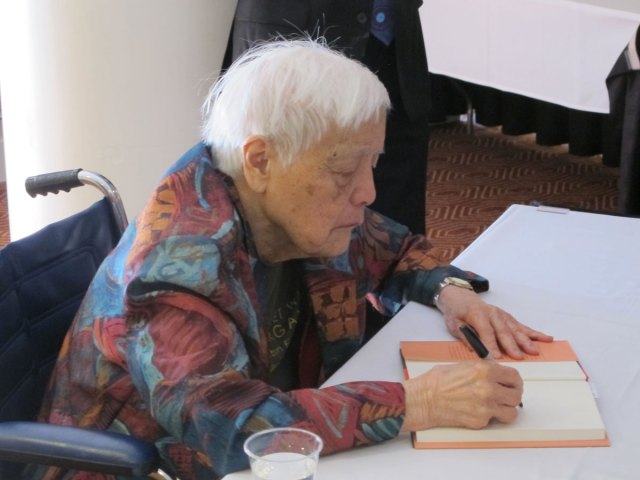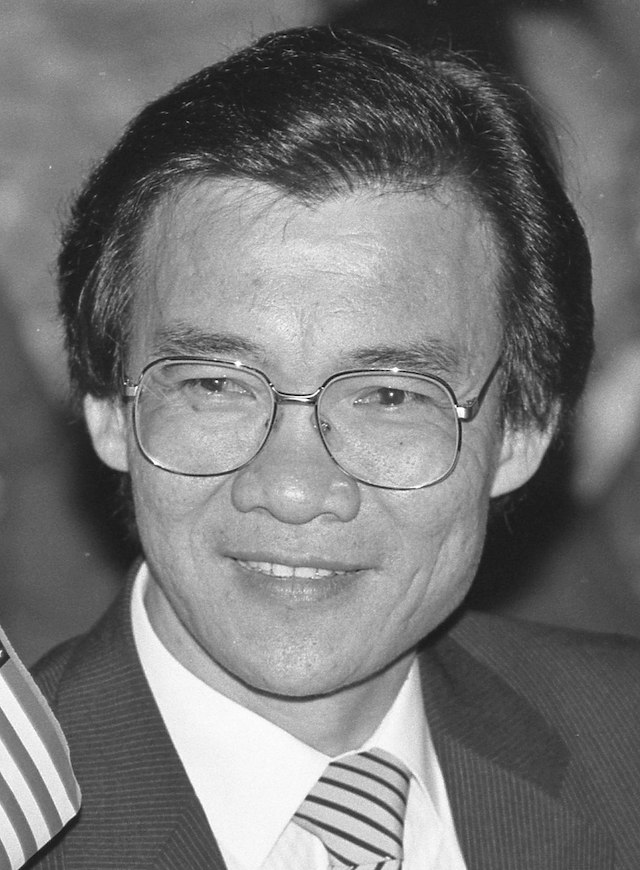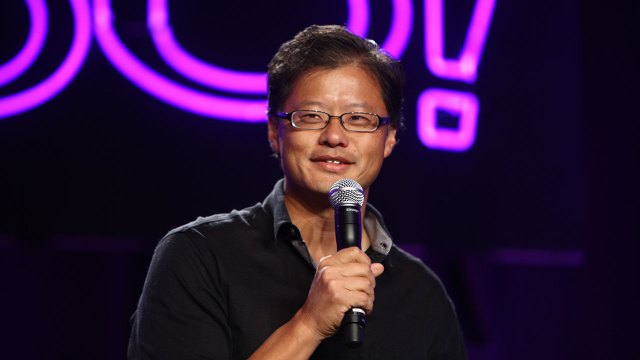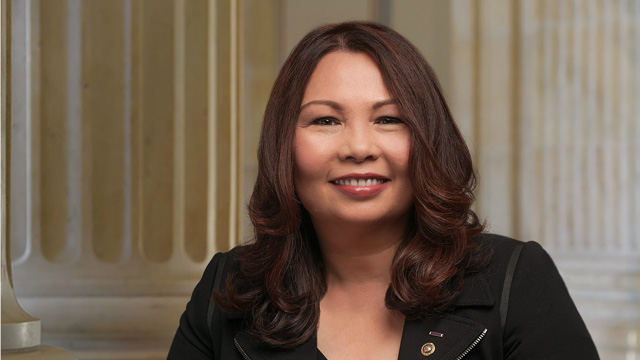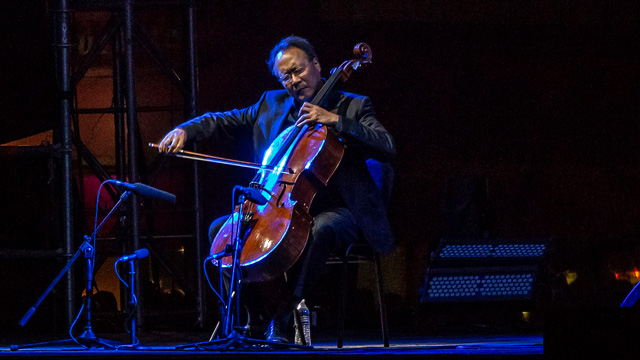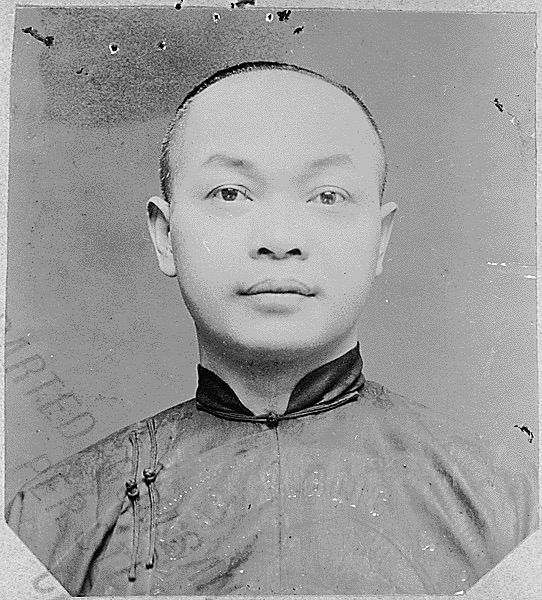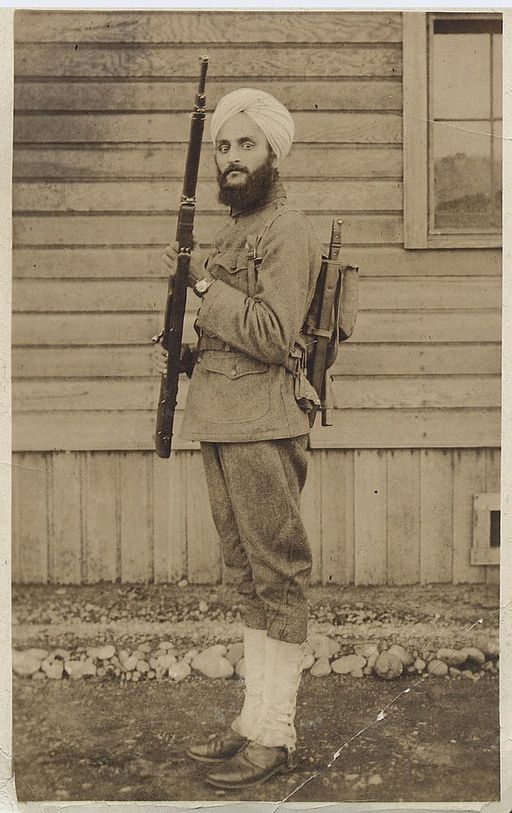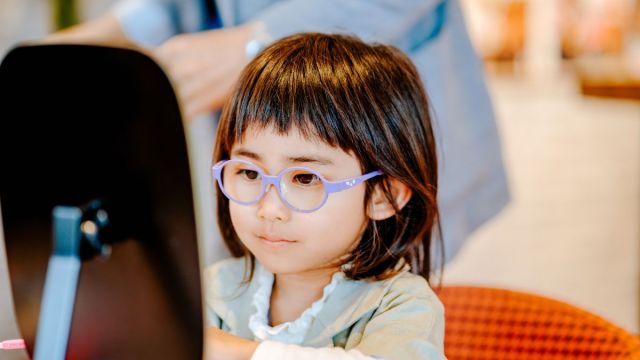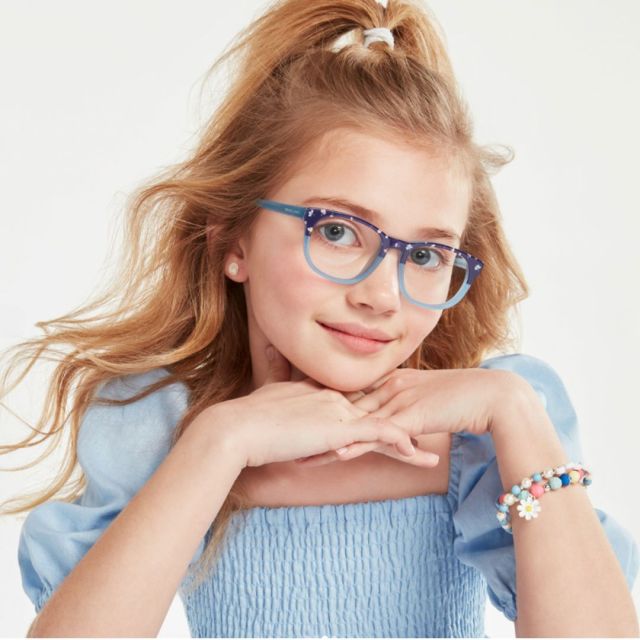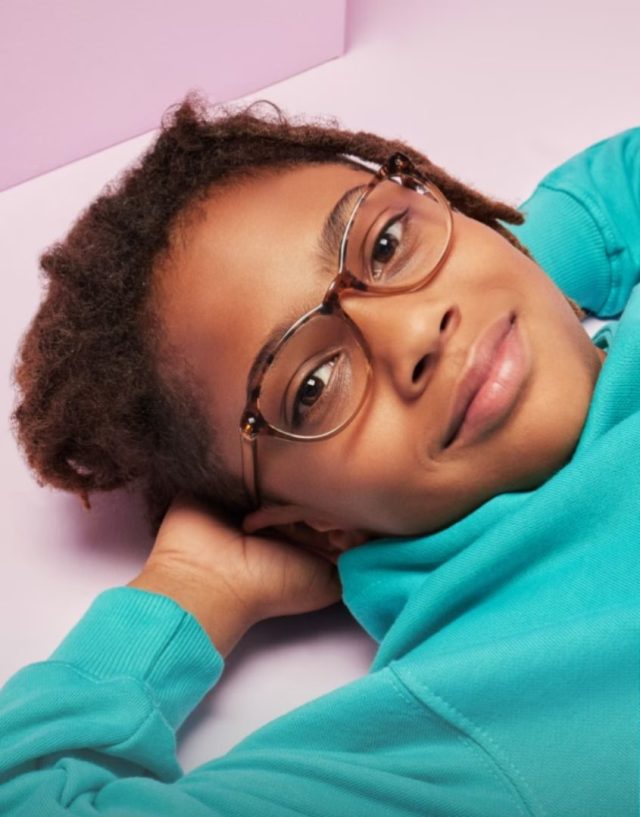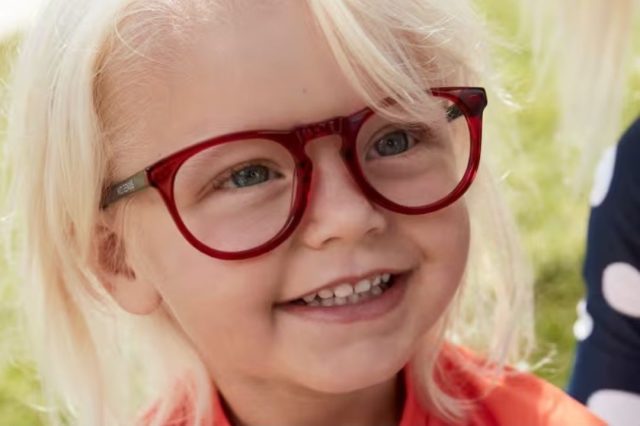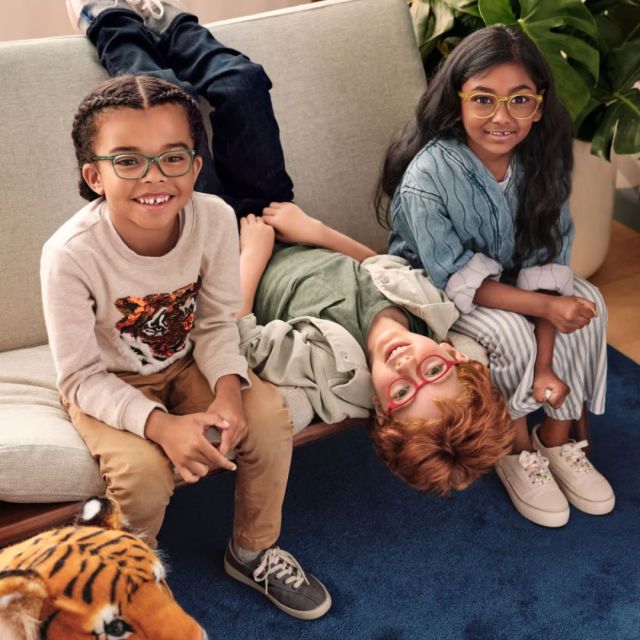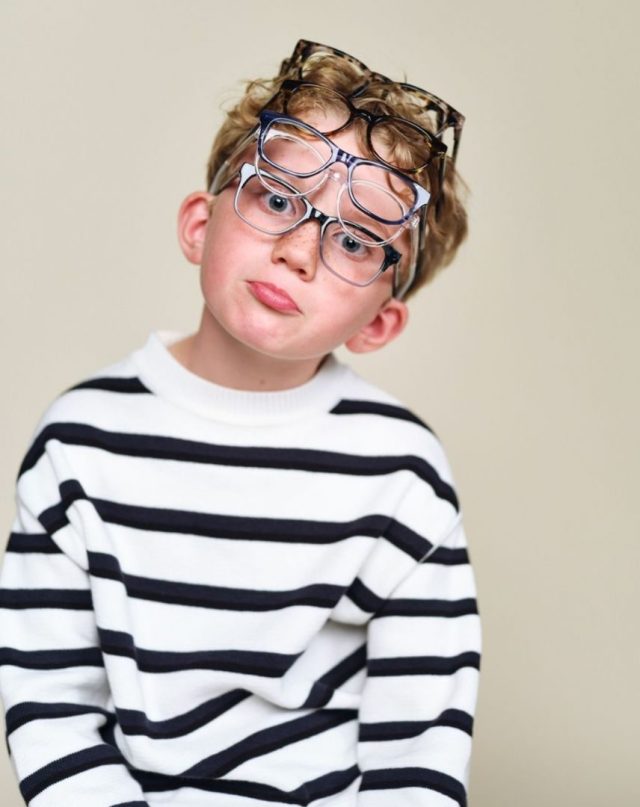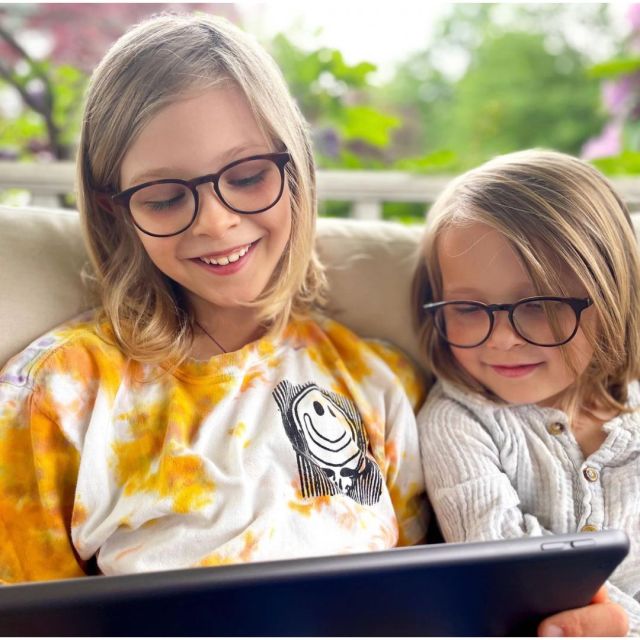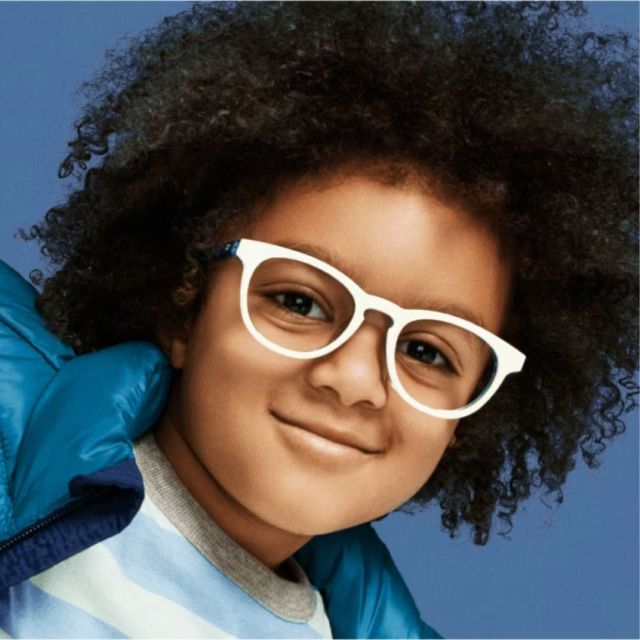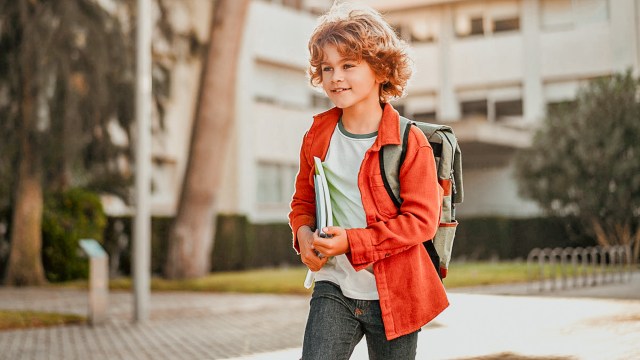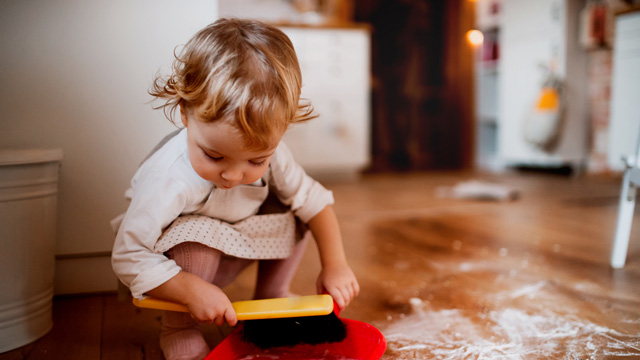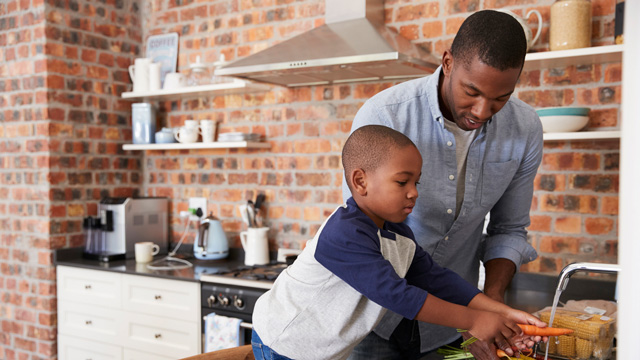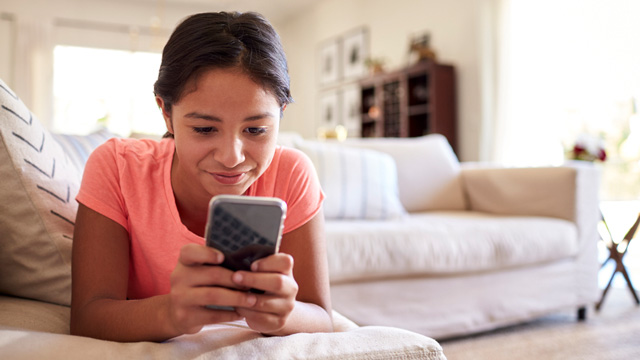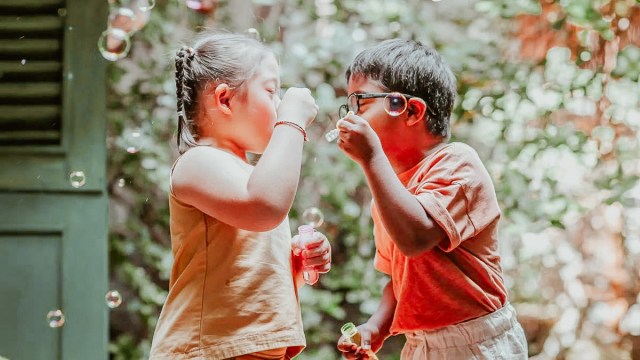New York City is one of the most iconic cities in the world, and with so much to do, it can be hard to decide what to do first—especially when it comes to exploring the Big Apple and discovering fun things to do in NYC with kids. From the bright lights of Times Square to the world–class art galleries of the Upper East Side, there’s something for everyone to enjoy. Of course, don’t forget there’s tons of nature to discover, you can nosh on some of the world’s best goodies—including the best pizza in the world (yasss!), and explore the numerous hidden gems and best immersive experience in NYC. To make sure you don’t miss out on the best NYC has to offer, here is a list of the top 101 (because NYC always has to be extra) things to do in the city.
The Best Things to Do in NYC with Kids
The Best Ways to Explore Nature in NYC & the 5 Boroughs
1. You may have been to Central Park, but have you been to NYC’s other biggest parks? One of the best things to do with kids in NYC is to pay a visit to Prospect Park (Brooklyn), Pelham Bay Park (Bronx), Flushing Meadows Corona Park (Queens), and Freshkills Park (Staten Island—currently in the process of being renovated and is opening in phases through 2036). Each has so much to explore, from the Shakespeare Garden in Central Park to the Audubon House in Prospect Park… and beyond!
2. Want a more guided experience of the city’s parks? Joint the Urban Rangers for a family event, often including ways to engage little minds, bodies, and hands. Visit the NYC Parks website’s “Best for Kids” section to find an activity in your local park.
3. Take a stroll through the city’s gardens, hidden oases of flora to amaze and engage year round. Many of the gardens include sensory sections to engage the smallest visitors (and parents will enjoy them, too!) and various themed activities and crafts. Our garden recommendations are the Botanical Gardens in Brooklyn, Manhattan, and Queens, Snug Harbor in Staten Island, and Wave Hill in the Bronx.
4. If you’re itching for a nature walk of a more uniquely NYC type, check out one of the more unusual parks the city is home to. Not sure where to start? Head to the High Line to experience an elevated-train-track-turned-green-walkway, or wander among the graves at Greenwood Cemetery.
5. You don’t need to go anywhere special to find nature—it’s all around us. Go on a nature walk and keep your eyes peeled for local critters, migratory birds, and more. For a guided walk, look to the NYC Parks website, which hosts bird-watching events, nature exploration walks, beach discovery tours, and more. Or, just stop by the information center of many parks and ask to borrow a kit with binoculars, a magnifying glass, as well as activity sheets and colored pencils to keep kids engaged on the walk.
6. Want to get more hands on? There are many opportunities to help out in NYC parks and community gardens. What’s available varies by season but activities are often all-ages and include park cleanup, planting, weeding, mulching, and the occasional unique one-off (like planting sea grass on Brighton Beach!).
7. Did you know that NYC has indoor parks as well? Some are so well-hidden that even native New Yorkers don’t know about them! Our favorite is The Ford Foundation in Midtown: It has an atrium with real trees and plants, a reflecting pool, and a sensory garden.
8. Meet and greet the city’s animals at the various zoos and farms in NYC. Visit Queens Farm, the city’s only working farm, dive into the depths of the waters at the Coney Island aquarium. Or drop by Alley Pond for themed crafts, walks, and encounters with their animal ambassadors.
9. Wake up in a real farm with a farm stay near NYC. Help out with the daily farm chores (like feeding the animals!), disconnect from the internet, and buy some fresh produce on your way out. It doesn’t get much more “farm to table” than literally getting the goods at the farm yourself.
10. Hop on a train, bus, or car out of town for a day trip. You don’t have to go far from the city to find incredible hiking trails, quaint towns, and fun adventures for the whole family. We recommend different daycations depending on whether you’re traveling in the spring for a spring break trip, summer, fall to see the leaves change, or winter to find some nearby snow.
The Best Play Spaces around New York City
11. NYC’s playgrounds have been getting renovated in recent years, and thanks to renewed funding, will continue to revamp the city’s beloved child hangouts. Your local playground is sure to entertain and educate, as well as keep the little ones cool in the summer with plenty of splash park options. There are also some incredible and unique playgrounds to check out around the city, like Domino Park’s homage to the sugar factory that used to exist in the space. You won’t want to miss these!
12. You never get too old for a carousel, and the city has a few that are sure to thrill, no matter how old you are. Some of our favorite merry-go-rounds are Jane’s Carousel in DUMBO, the SeaGlass Carousel in Battery Park, and Riverbank State Park’s Totally Kid Carousel—which features kid-designed rides.
13. Believe it or not, there are some places to go camping without leaving NYC (though they’re pretty limited). If you have the desire to camp outside the city, hop in the car (or on a bus or train!) and set up camp in one of the many kid-friendly campsites a stone’s throw from the city. And if you’re not the outdoorsy type, you could always go glamping, instead (there’s an awesome spot right on Governors Island) or check out an RV campground.
14. Explore the city in a way you’ve never seen it before—through the augmented reality lens of a scavenger hunt! Companies like CluedUpp and Watson Adventures set you up with clues, and send you on an adventure down various parts of NYC in search of answers to mysteries and virtual treasures.
15. There are plenty of amusement parks to get your thrills, from the city’s very own Luna Park to the beloved SIx Flags in nearby New Jersey. Smaller adrenaline junkies will enjoy Nickelodeon Universe, while everyone in the family will find something to love at LegoLand in Orange County.
16. Whether you’re visiting or having a staycation, consider bedding down at a family-friendly hotel. These offer fun perks just for kids, like indoor “camping” kits and scavenger hunts through the hotel hallways.
17. Fore! Swing your clubs through challenging and family-friendly courses in any of NYC’s mini-golf spots and by “fore” one of the most fun things to do in NYC with kids.
18. Entertain your tiny train buffs with an extra-special train ride near NYC. There are so many choices to fulfill your trainspotter: seasonal rides to the North Pole, year-round scenic routes on classic locomotives, miniature train shows (the biggest are at Grand Central Terminal and the Brooklyn Botanical Gardens), a visit the Transit Museum along with their can’t miss rides on vintage trains.
19. If you’d rather camp somewhere indoors, the city’s got your back. Grab a sleeping bag and sleep over at a museum, on a ship, or at the zoo!
20. Board games make for a great night in, but you can still make it a night out with the fam. Head out to a board game cafe like the Uncommons in Manhattan or Sip & Play in Brooklyn, and enjoy game night while sipping on drinks that you didn’t even have to make yourself. Everyone wins!
21. Roll a strike (or just have fun!) at one of the city’s bowling alleys. Many, like Bowlero and Brooklyn Bowl, have plenty of other fun things to do to make the experience a full night out, like live music, arcade games, and even laser tag.
22. Flip and bounce on the trampolines at Launch Trampoline in Queens, Bounce-U’s bouncy castles in Elmsford, or one of the other trampoline parks in and near the city.
23. Hide from bad weather at a kid-approved indoor playground. Explore large structures like the ones at Funtopia and Joyful Palace, or keep it smaller for the tinier tots at a cafe-playground combo like Masal Cafe in Sheepshead Bay.
24. Level up your gaming skills at one of the city’s fun arcades. Make it a family affair with places like Dave and Buster’s—which has games for all ages and a banging bar for the adults.
25. Enter the world of virtual reality at a specialty spot where kids and adults can try the awesome new tech. Explore new worlds, work together as a team in a virtual environment, and have fun! Note that some places have age restrictions (generally 12 and up), so be sure to check before you go if you have younger kids.
26. Team up with your family members to tackle a kid-friendly escape room.
27. Visit a museum where you’re not just allowed to touch the exhibits—you’re actively encouraged to! Interactive museums like the NY Hall of Science in Queens, Liberty Science Center in NJ, and SpyScape in Manhattan are all excellent places to take curious kids.
28. While you’re out and about, capture the magic at one of New York’s photo booths. You’ll find these memory machines hidden around the city, whether you’re checking out the Ace Hotel or chowing down at Dekalb Market Hall.
29. Slip and slide into the pools at an indoor water park, whether it’s 90, or 19 degrees, outside. Aquatopia and the Great Wolf Lodge are two great options within driving distance of NYC.
30. Embrace your creative side by joining an arts and crafts class. Free options include crafting at parks and libraries themed, cultural, and seasonal workshops in museums and gardens (which are often free with admission). There’s also a huge range of paid classes, like pottery, paint and sip (sodas, not wine!), and even textile arts.
31. Kids can sing and dance with performances especially made for different age groups. From classical music to kid bops, catch a show at a local theater, cafe, or park.
32. Plan, dig, and build at a construction-themed playground, and introduce kids to life-long skills like safe tool use and effective risk assessment. Places like The Yard at Governors Island and Kids at Work in Manhattan unleash kids on building materials armed with tools and creativity. Diggerland in NJ even lets them operate heavy machinery (supervised, of course)!
33. It’s always storytime somewhere in NYC. Catch a read-along at a library, bookstore, or park, sometimes featuring the author of the work being read.
34. Smaller tots can dance, sing, and learn key motor skills at “Mommy and Me” (or “Guardian and Me”) classes all around the city. These provide an excellent way to build budding skills and find parent friends in your nabe.
The Best Places to Experience Art & Culture in NYC with Kids
35. Art doesn’t just sit on museum walls—it’s all around us! There are tons of public art on display in the city, many of them here for a limited time, allowing you to explore new art throughout the months. Check out the various outdoor artworks and sculptures, or visit a special art park, like Socrates Sculpture Park in Queens or Storm King Art Center in Orange County.
36. Grab your sketchbook and some pencils and head outside to find new inspiration in the parks, streets, and life in the city. You can join an outdoor drawing Meetup group (just make sure they allow kids to join in), visit a special outdoor drawing space like Street Lab, or check out occasional arts and crafts events in the parks—which usually all the materials kids will need to partake in the activity.
37. For a quick recreational getaway, visit one of the city’s islands. Relax and take a stroll through scenic locations on Governors Island, Roosevelt Island, City Island, or the newest, man-made addition to the roster, Little Island.
38. Turn your island-hopping into an educational experience, instead, by visiting one of the historic islands, like Liberty Island and Ellis Island.
39. Take the fam out to the ball game, whether you’re cheering on the Cyclones in Coney Island or the Mets at Citi Field.
40. NYC has parades and festivals galore. Cheer along at huge well-known parades like the Macy’s Thanksgiving Parade and Lunar New Year celebrations in Chinatown and Flushing. There are parades for every occasion, like holidays and seasons. Check them all out!
41. See the city from a completely different perspective: From the outside. Book a a spot on a kid-friendly cruise in the Hudson River and view sights as you sip on a drink and listen to live music.
42. Hop on a ferry for a quick ride. Enjoy the experience of the ferry itself then be rewarded by awesome destinations, like Governors Island’s two ferry docking stations or the Staten Island terminal and its impressive fish tanks.
43. NYC is full of famous filming locations. See the fire station from “Ghostbusters,” take a peek at Marilyn Munroe’s infamous subway grate, and find more familiar spots that have appeared in movies!
44. Pay your respects at a memorial—like the 9/11 memorial or the Vietnam Veterans Memorial Plaza Square—to honor the memories of the fallen and keep the history alive by passing it on to the younger generation.
45. Museums aren’t just for adults! The children’s museums in Manhattan, Brooklyn, and Staten Island are specially designed for curious little ones to climb, build, explore, and learn. Some other museums, like the Skyscraper Museum, frequently have family and child-oriented programs (often offered free with admission).
46. Uncover the multilayered history of NYC through engaging museums. Two especially kid-friendly options are the New York Historical Society—which, among other things, holds weekly storytime and crafts events—and the Museum of the City of New York.
47. Want to expand your minds beyond NYC history? The city’s history museums have you covered, with everything from naval and aviation history at the Intrepid, to natural history at the American Museum of Natural History.
48. Learning about different cultures is a window into tolerance and understanding. Introduce your kids to new cultures through museums like El Museo del Barrio or the Museum of the American Indian (which is completely free to visit).
49. Childhood is the perfect time to enter the vast and colorful world of art and art history. NYC has some incredible art museums—The Whitney and the MoMA are especially fun to visit with kids in tow.
50. Beat the crowds by exploring some of the lesser-known museums in New York. They’re worth a look as much as the main attractions, and include exhibits on storytelling, firefighter history, the city’s oldest house, and other unique spots you may otherwise miss.
51. For some family fun and stunning photo-ops, check out one of NYC’s interactive experiences. Some are here for a brief period of time (like Wonderland Dreams, an “Alice in Wonderland” experience featuring hand-painted dreamy scenery). Others are mainstays with rotating exhibits, like fan-favorite CAMP, which brings favorite kids characters to life through immersive experiences.
52. You haven’t really experienced NYC until you’ve been to a Broadway (or off-Broadway!) show. Catch a classic like “The Lion King” or “Aladdin,” which are favorites among families. And if you can’t quite swing the price, there are ways to get discounted tickets.
53. Take in a classic puppet show at the Marionette theater in Central Park, or explore imaginative productions from other puppet companies.
54. Grab a churro popcorn and an endless-refills soda, and sit back in one of the most comfortable chairs ever for a movie at the Alamo Drafthouse, now open in two locations. Or visit any of the city’s other excellent movie theaters, from big names like AMC to more niche spots like Williamsburg’s Nitehawk Cinema.
55. Libraries are more than just places to borrow books. Visit a local library to enjoy free Wi-Fi (even outside), toddler storytimes, arts and crafts, coding classes, game nights, magic shows, and many more community activities.
56. Join a coding class to give your kids skills that’ll train their minds to think analytically and arm them with skills for their future. From Minecraft to Scratch, there are classes to accommodate kids of all ages and skill levels.
57. Kids are given the tools and knowledge to cook delicious meals safely at the city’s many cooking classes for children. Nourish the mind and body with candy-making at Cricket’s Candy Creations, pizzas and pastas at Eataly, workshops for all ages at Taste Buds Kitchen, and more.
58. Browse local artwork at one of the city’s art galleries, like the Invisible Dog Art Center in Boerum Hill, or the free Avant Gallery at The Shops in Hudson Yards.
59. Branch out beyond Broadway and catch a performance at Lincoln Center, Carnegie Hall, the Brooklyn Academy of Music, or any of the other excellent theaters around the city. Keep an eye on the respective websites, as these performance centers often host child-oriented events. Or head outside for a performance al fresco, like the annual Shakespeare in the Park program, or the traveling shows of Puppetworks.
60. During the summer, you can catch a movie on a big screen under the stars in a nearby park through Summer Flicks. If you don’t even want to leave the car, visit one of the city’s drive-in options for a nostalgic treat for the adults and a novelty for the kids.
61. Visit museums, cultural institutions, monuments and more that celebrate and honor the history, culture and talents of Black Americans. Show your support by shopping at and visiting black-owned establishments like bookstores and toy stores.
62. Give some time to volunteer as a family and make someone’s day while making memories to last a lifetime. Find opportunities to help out (many of which are kid-friendly) through organizations like City Meals on Wheels—which has options from making gift cards to making weekly visits to elderly or disabled people who need some companionship. Other volunteer options include helping out at food kitchens, distributing books and toys, and even dog walking at Sean Casey Animal Rescue—just show up with your ID to take one of their doggos out for a stroll!
63. Some of NYC’s treasures are more well-hidden than others. Discover secret spots around town, like a hidden hamburger joint and a park in the sky.
64. Take in city skyline views at a rooftop hangout. Options include eating at TimeOut Market, rooftop skating at Vale Rink, and even farming and gardening at Brooklyn Grange and the Met.
65. Get a bird’s eye view of the city at an overlook spot. Spots like Top of the Rock, One World Observatory, and Edge take you up high and offer a spectacular view of Manhattan and beyond!
66. Get a literal birds eye view by booking a helicopter tour of NYC. For an extra special experience, sign up for a hot air balloon flight, instead!
67. Make like a tourist and take in a behind-the-scenes tour at Radio City Music Hall, Madison Square Garden, and more. Learn about the history of Richmond Town in Staten Island or Governors Island, visit the catacombs of St. Patrick’s Old Cathedral, and find other hidden secrets thanks to knowledgeable tour guides.
68. If you and the little ones are feeling a little jaded, try looking at your home city from a different perspective: a tourist’s! Do all the touristy things, like checking out Times Square, visiting the Empire State Building, or window shop along Fifth Ave.
The Best Places to Get Active around New York
69. Put on your helmet and protective gear and go on a biking adventure. Enjoy a leisurely bike ride along a bike path, or ride off the beaten path to a more advanced off-roading experience. Be on the lookout for bicycle events for kids, which sometimes include free helmet fittings and giveaways.
70. Feel the thrill as you zip down one of the city’s ziplines. Explore the Treetop Adventure and Nature Trek in the Bronx Zoo, the Alley Pond Adventure Course, Governors Island’s 300-food line (as well as a maze and a rock-climbing wall), and other cool zipping spots. Prefer to stay on the ground and feel the speed? Get a rush on the curving, 57 foot-long, three story-high slide on Slide Hill— the longest slide in NYC!
71. Ride the waves in your water vehicle of choice! Try kayaking, surfing, or snorkeling (you may need to head out of the city of that last one). There are some free options for those just getting their feet wet, and plenty of instruction options for kids.
72. Join an outdoor sporting event for a fun and social way to stay fit. Take a class in parkour to turn the whole city into your playground, hone your team work skills with soccer, and try your hand at other kid-friendly sports, from basketball to tennis.
73. You don’t need any special equipment to get some exercise in NYC: All you need is your feet! There are hiking trails in and near the city perfect for any skill level and age, from the smallest feet and stroller hikers to the most advanced trekkers.
74. Build strength and confidence at an indoor rock climbing gym. Reach new heights at Brooklyn Boulders, The Cliffs, or one of the other best bouldering spots. If you’ve never tried it before, book an “intro to climbing” class to start out, available at any location you go to.
75. Take your sports game indoors at a sports facility for all the fitness benefits, any time of year. Some hot spots for indoor sports are Williamsbridge Oval in the Bronx, Chelsea Piers in Manhattan, And Aviator Sports Center in Brooklyn.
76. If you want to make a bigger commitment—and give yourself the choice to work around your schedule—get a membership at one of NYC’s excellent fitness centers, like the Brooklyn Sports Club, Matchpoint, or any of the Ys (from Kings Bay Y to 92Y!).
77. Is soccer too tame for you? Tennis not exciting enough? Try your hand at axe throwing at Kick Axe. Let the tension fly with archery and other out-of-the-ordinary sports. Want even more high-flying action for the whole family? Go indoor skydiving!
78. Tumble and fly through the air with circus performance arts at a circus training spot like The Muse Productions and Aerial Arts. It’s a fun way to get stronger and look very cool while you’re at it!
79. Ice skating isn’t just a winter sport in NYC, thanks to the city’s many indoor skating options. Of course, you can also head out in winter to one of the seasonal rinks that open for the cold season, from traditional ice rinks to slightly less frigid Glice options.
80. If ice skating isn’t your jam, hit the disco floor in your roller skates, instead. Several indoor skating rinks are open year-round, and often feature a blast from the past with 90s aesthetics. In the warm months, you can also skate some seasonal outdoor spots.
81. In the summer, cannonball into one of the many enormous, free outdoor pools. Other times, dive inside instead, with everything from Olympic sized professional pools to kid-friendly shallow swimming pools, for year-round swimming lessons for the tykes.
The Best Places to Shop & Eat Your Way through NYC
82. Some of the city’s food truck fare is on par with the best restaurants—and often more affordable. Head to your favorite truck or check out more options in Governors Island, DUMBO Lot, Bronx and Queens Night Markets, and many more options you may need to discover for yourself through word of mouth.
83. When you enter one of these themed stores, you enter a whole different world. Turn shopping into an experience to remember at the Harry Potter Store, the LEGO Store, American Girl Place, the Nintendo Store, and NYC’s other themed shop stops.
84. Surround yourself with stories at a bookstore. There are many to choose from, whether you want brand-new books and a shiny interior, indie niche book options, BIPOC-owned stores, or worn and well-loved used books.
85. Head to a mall for a day out window shopping (and, okay, actually shopping, too!). Wander around Kings Plaza Mall or Queens Center Mall and try to resist the ever-present smell of Cinnabon, or check out the upscale offerings at Brookfield Place or The Shops at Hudson Yards. If you’re willing to head out of the city, the Mall of the American Dream has plenty to keep the family busy on a full day out.
86. Get a mani/pedi at one of New York’s kid-friendly spas, where kids will get pampered and even get a treat like milk and cookies after their experience.
87. Feed your sweet tooth at top ice cream spots in the summer and hot chocolate bars in the winter (or vice versa—you do you). Nom on specialty donuts, classic candy stores, and even an entire Museum of Ice Cream with plenty of photo-ops for the ‘gram.
88. Treat your family to brunch, where sweet and savory options abound. Many spots keep kids in mind, piling their waffles high with whipped cream, fruits, and syrup: The perfect recipe for a very happy and hyper up child. (Or adult: You know you want some, too!)
89. Have a tea party at one of the tea parlors or high tea spots around town (including with “Eloise” at the plaza).
90. On occasions when you don’t feel like cooking, you can head out to a kid-friendly eatery, from breakfast at Bubby’s to dim sum at Jing Fong’s.
91. And, of course, don’t forget that world-famous New York-style pizza.
92. Splurge and dine at one of New York City’s best theme restaurants for kids: Have a tea party at Alice’s Tea Cup, feast on the colors at Serendipity3, or craft your own potion at The Cauldron.
903 If you have a dog in the family, you can include them in your outings at one of NYC’s dog-friendly restaurants and cafes. No pets? No problem: Visit the kitties at a cat cafe or the puppers at a dog cafe (and maybe take one home if you fall in love—they’re all adoptable!).
94. Explore one of the city’s food halls for a special treat. Eat indoors at the Dekalb Market Hall and Vanderbilt Food Hall, or head outside for seasonal noms like Smorgasburg or Urban Eats’ al fresco food popups.
The Best Seasonal Activities Happening around New York
95. Catch the evanescent cherry blossoms for the brief period they’re in bloom and other flowers blooming at spring festivals around the city. Or visit any of the gardens we mentioned earlier in the post to see the flowers bloom to life in spring!
96. In the middle of summer, nothing beats the heat like taking a dip in the water. The city sports a whopping 14 miles of beaches with some excellent spots to cool down in the water. For all the fun of a beach minus the swimming, head to Manhattan’s first beach, opening to the public in 2023 (and another beach is planned for 2028 opening in Williamsburg).
97. Bring fresh seasonal fruits and veggies home! Pick strawberries and other berries, apples, cherries, flowers, and more at U-Pick spots near NYC.
98. In the fall, you can pick pumpkins and get lost in a corn maze (but not literally). Visit a farm for for pumpkin picking, go on a hayride, or enjoy the breathtaking autumn foliage in and around the city.
99. Here for the holidays? Don’t miss a photo-op with Santa, attend a tree or menorah lighting, or a spectacular light show. Celebrate the winter holidays and find delectable treats and trinkets at the annual Winter Markets.
100. When there’s fresh snow on the ground, hit the hills with a sled or check out some stellar snow tubing spots. If you get a hankering for some snow sports but it’s 90 degrees outside, don’t sweat it: The Mall of the American Dream (located just a few minutes out from the city) has year-round indoor sledding and skiing.
And One Last, Best Thing to Do in NYC with Kids
101. Be sure to consult our roundup of free & fun things to do with kids in NYC—New York is expensive but it doesn’t always have to be.
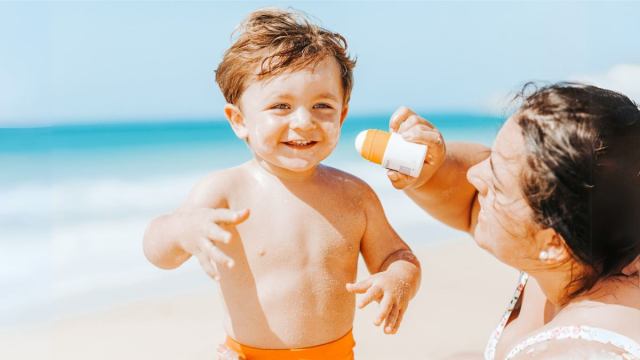
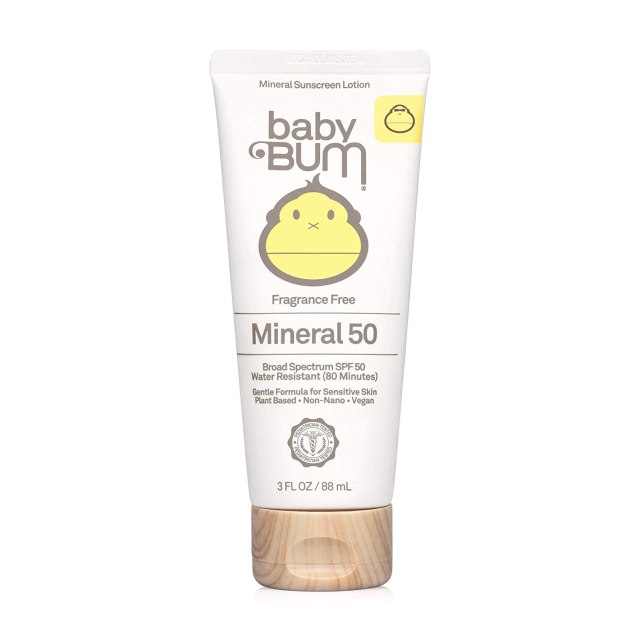
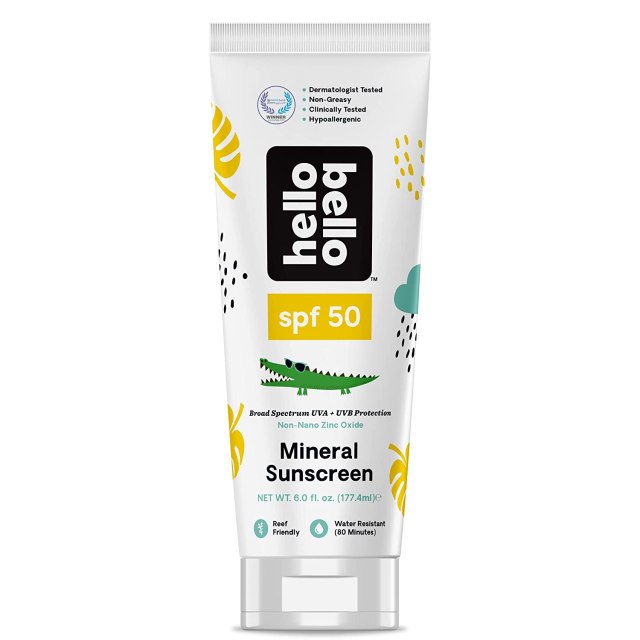
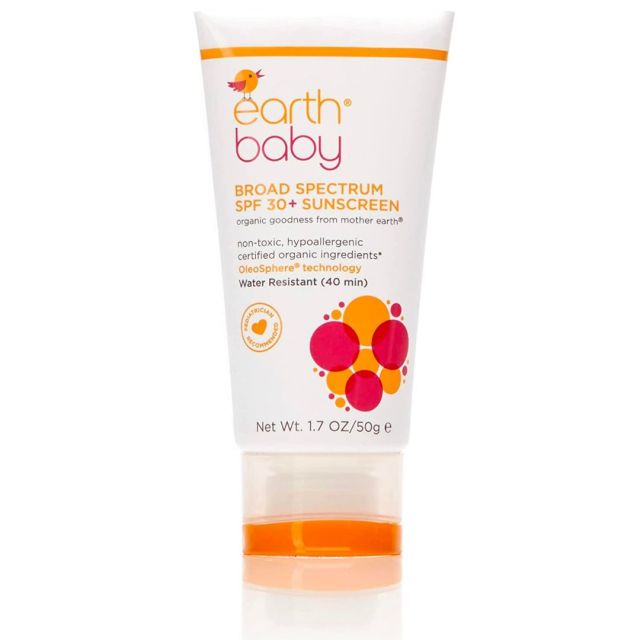
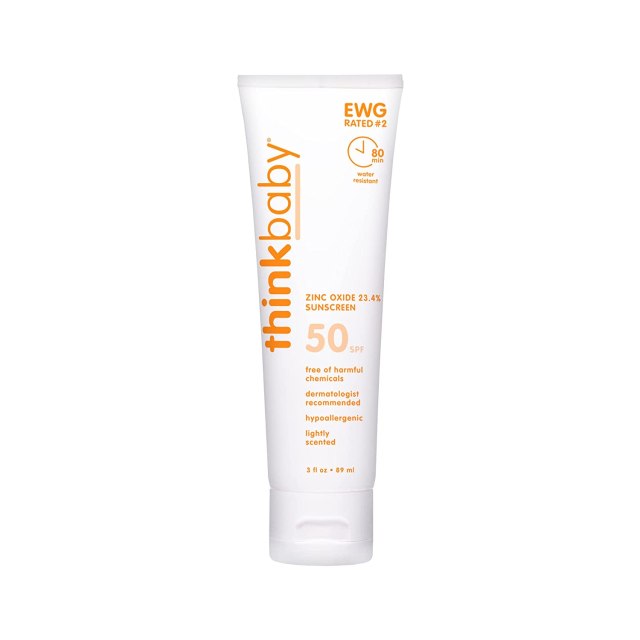
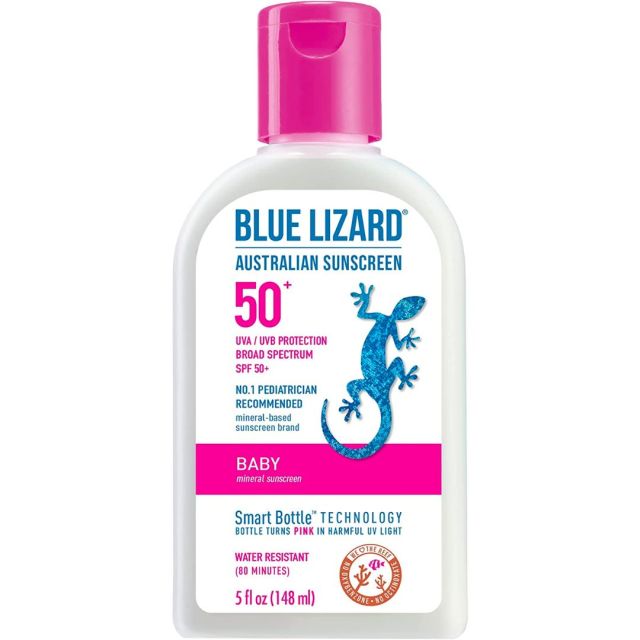
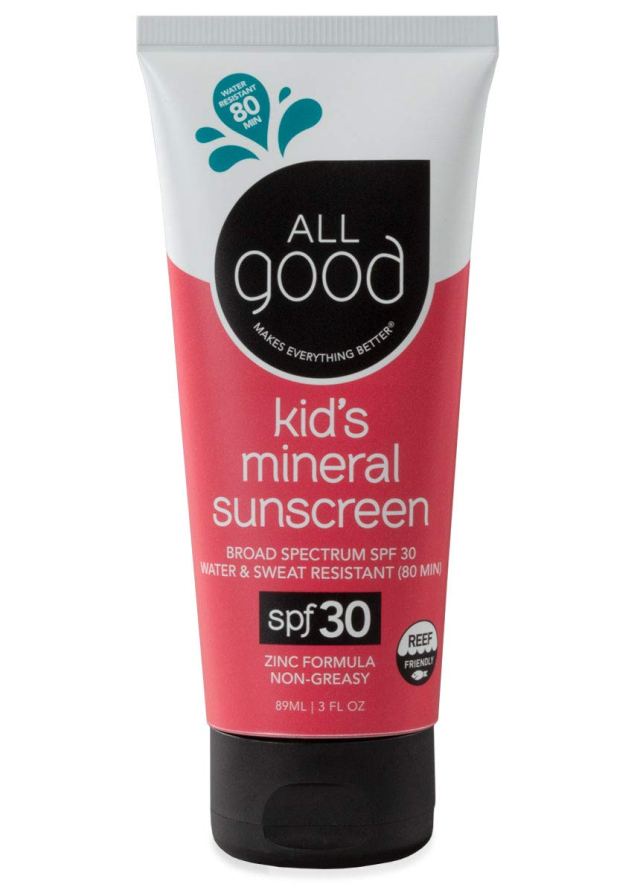
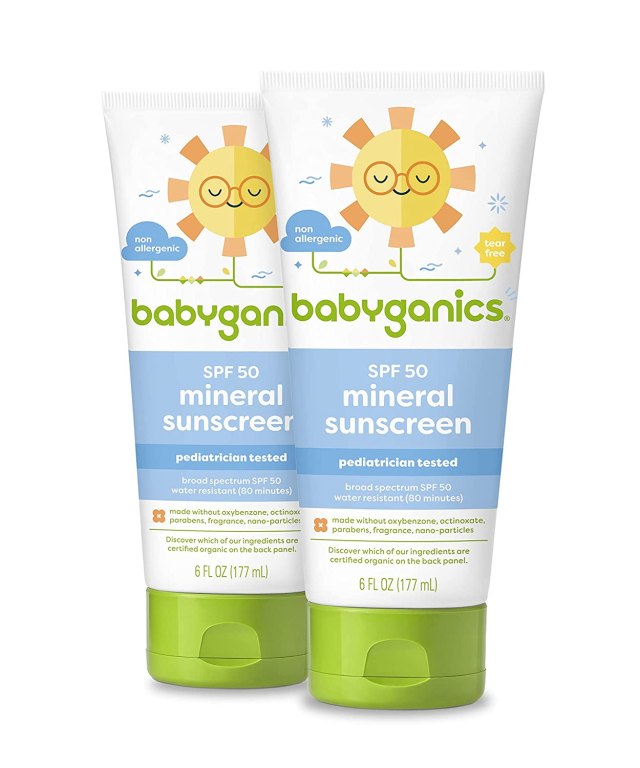
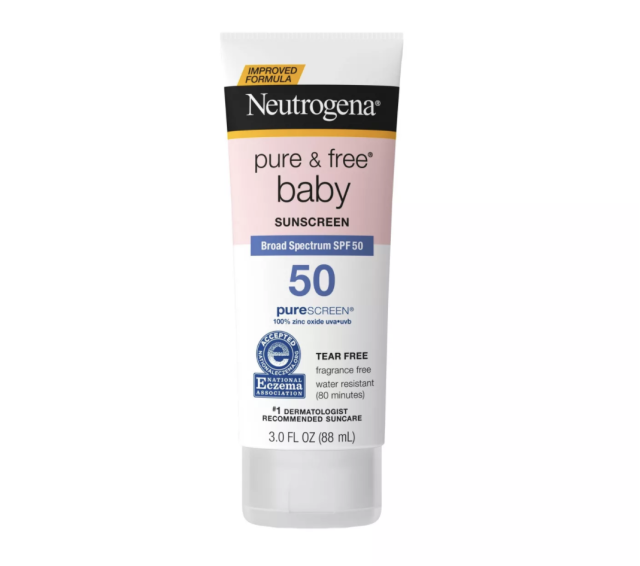
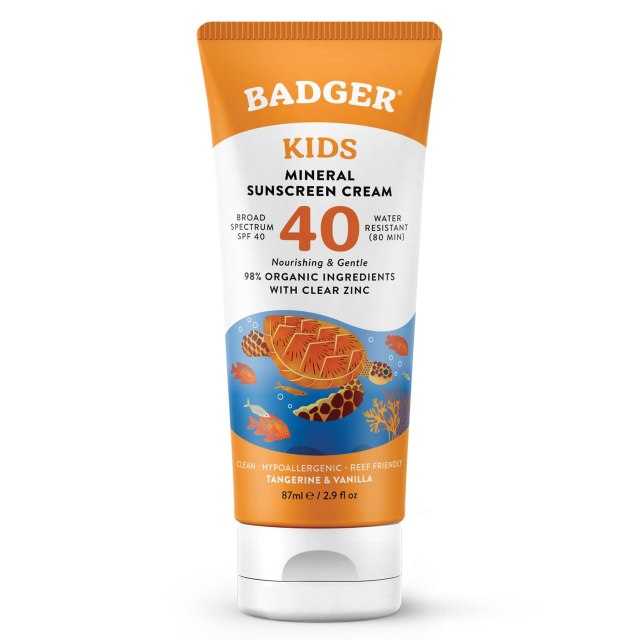
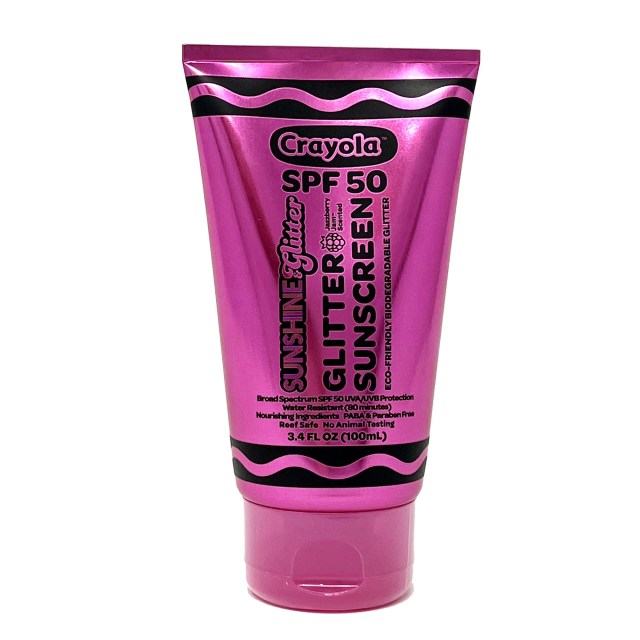
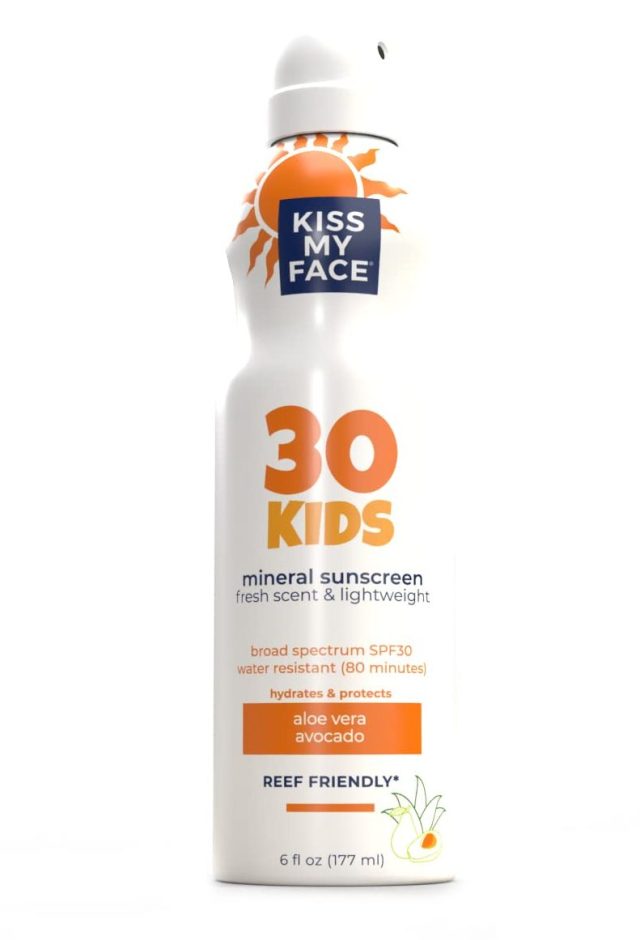






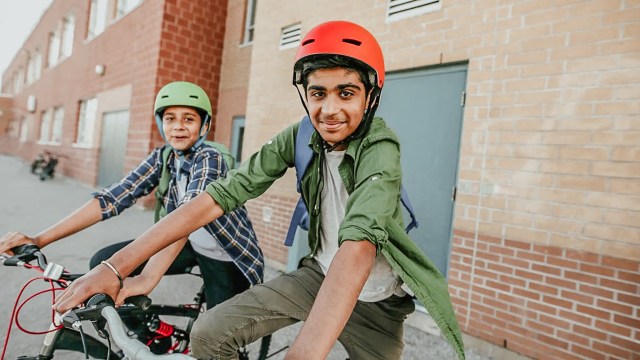
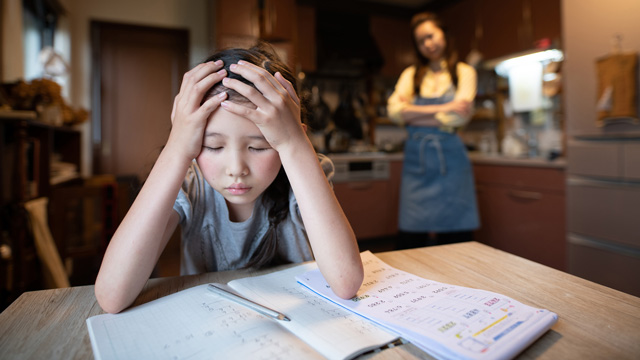
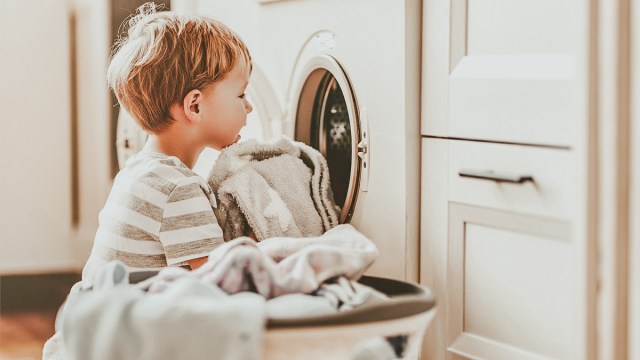
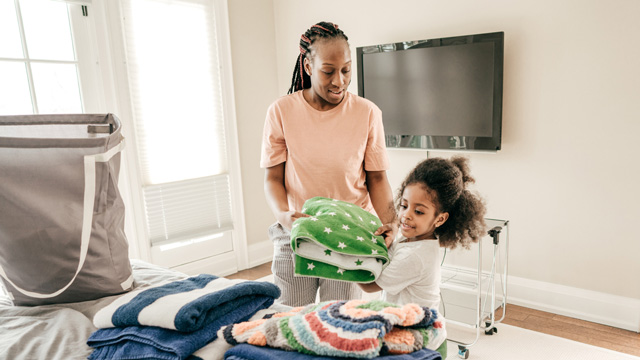
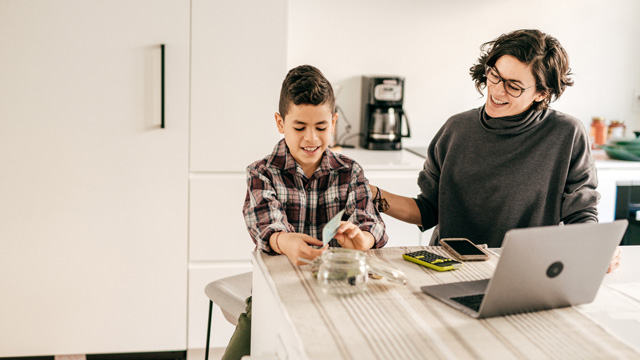
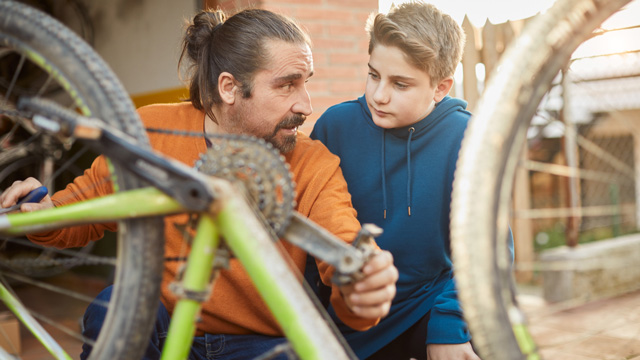



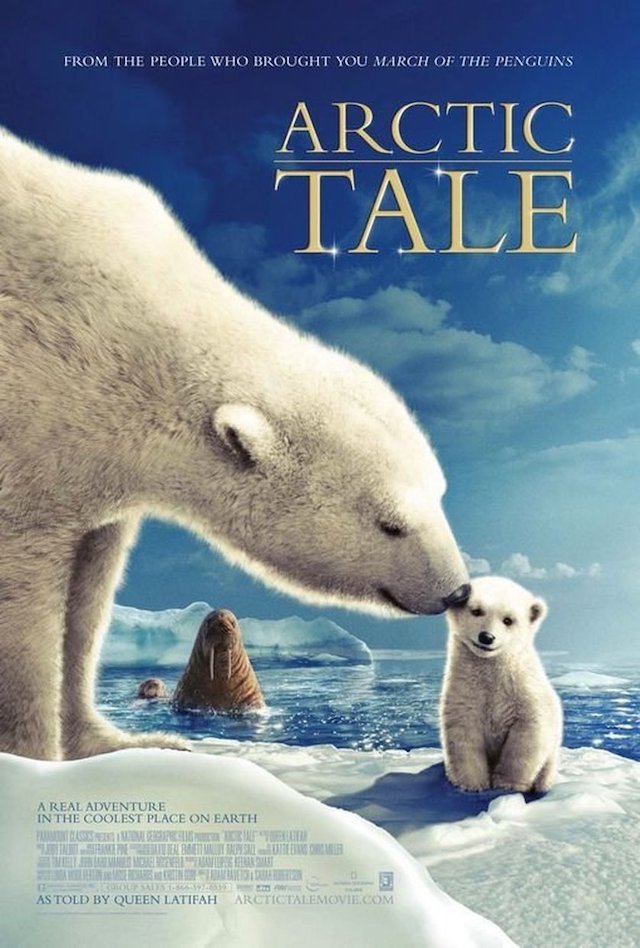
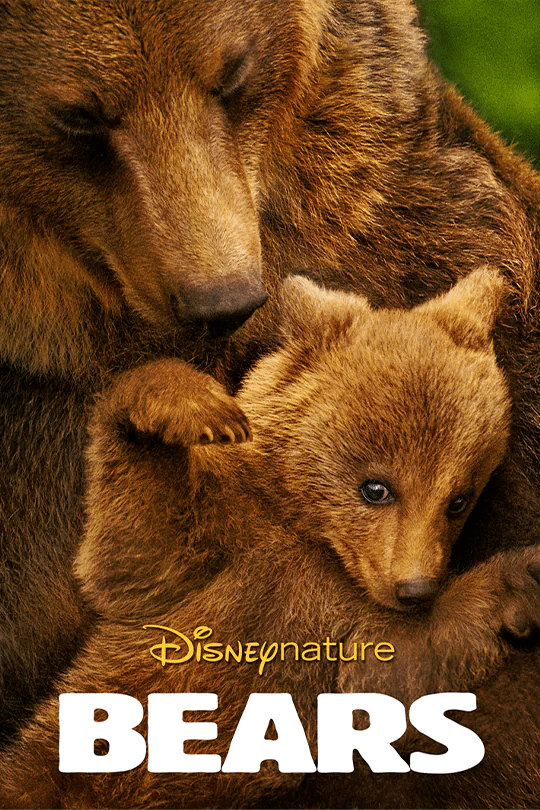

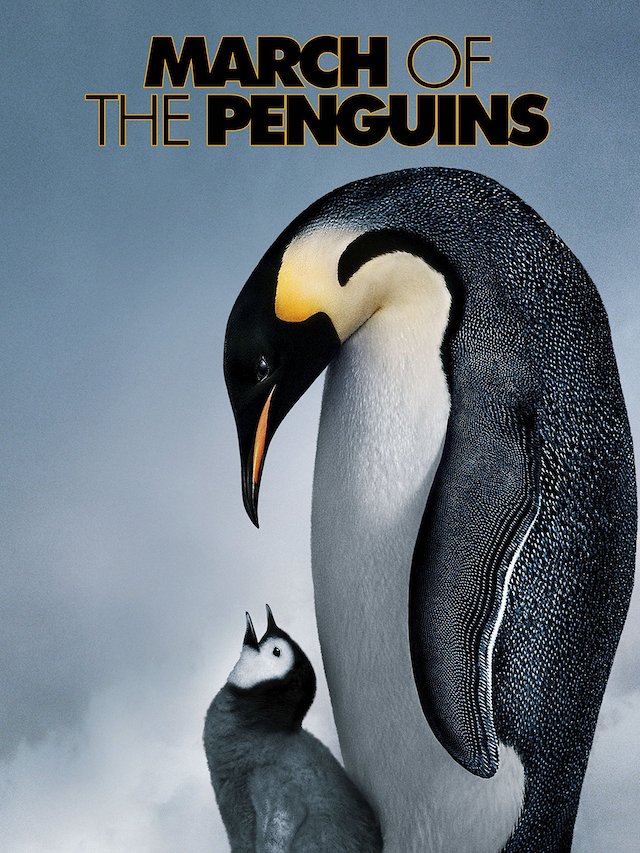

 Common Sense Media
Common Sense Media




